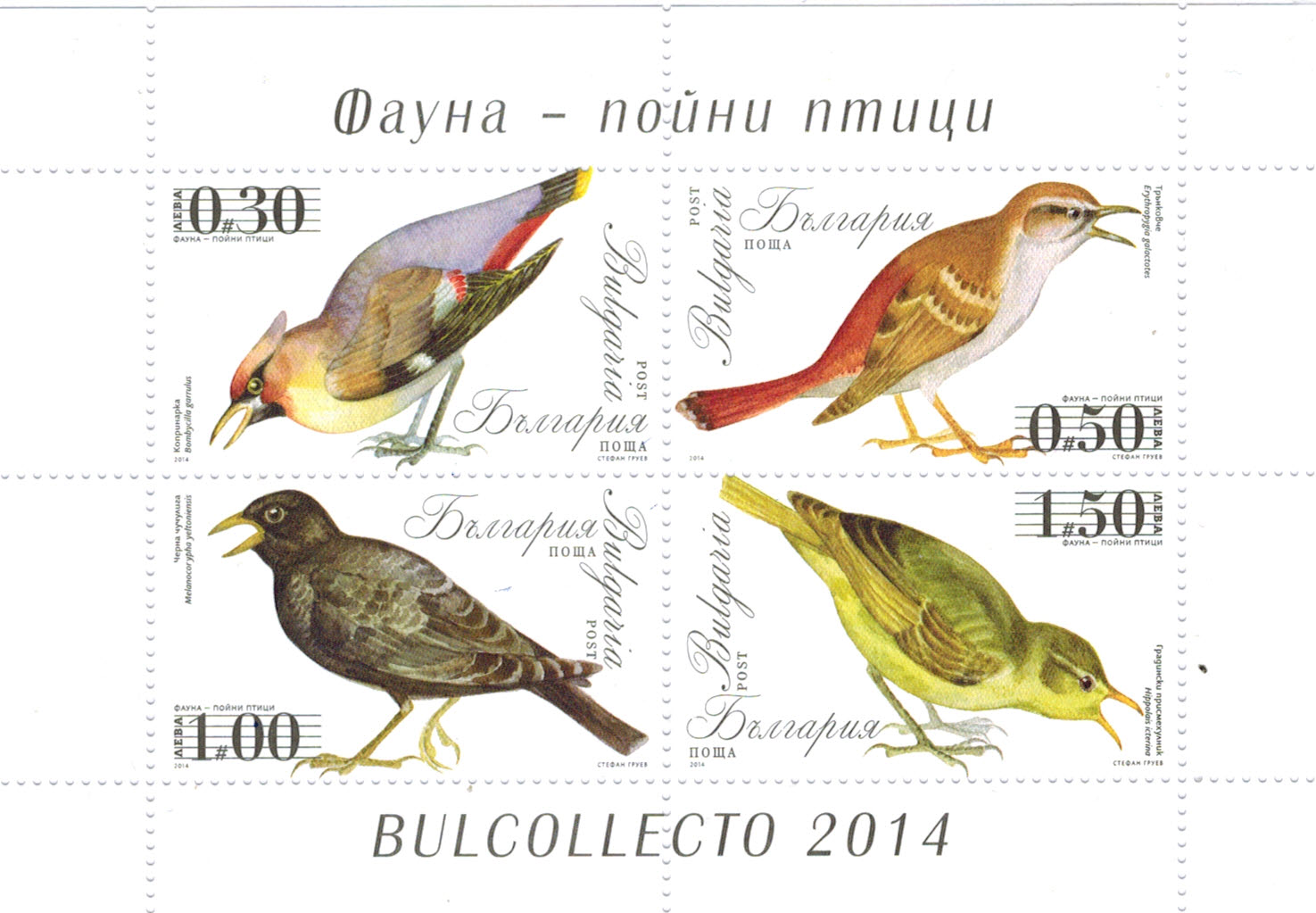The number of birds in Germany and Europe has dropped significantly over the past 30 years, according to the German government. In Germany, one-third of all bird species have seen "significant population declines" since the end of the 1990s, said the government in response to a question about the plight of birds across Europe put forward by the Greens. "The situation of birds is dramatic," said Steffi Lemke, a German Green Party lawmaker. "A 'silent spring' could be on the horizon." Birds in agricultural areas are particularly threatened, with 300 million pairs of breeding birds living around farmland across the European Union disappearing between 1980 and 2010. That's a decrease of 57 percent. "Agricultural birds are doing the worst by far," Lars Lachmann, bird conservation officer at German conservation organization NABU, told DW. "So those living in open fields, meadows and pastures, which make up a bit more than 50 percent of the German land surface."
Between 1990 and 2013, populations of lapwings, known for their distinctive "peewit" cry, dropped by 80 percent. The partridge also suffered dramatic losses, with the population falling 84 percent between 1990 and 2015. And the number of winchats - a small migratory bird with a pale throat and breast - fell 61 percent over a similar timespan, while the Eurasian skylark dropped by 35 percent.
"The most prominent example is the skylark. It used to be virtually everywhere. But now in many regions in Germany, it'd be rare to hear one over the course of day," said Lachmann. "But that's only a symptom of a whole habitat type that is going down the drain," he continued. Birds are considered to be a species that tells us what is going on with other animals in an ecosystem, as well as providing information on the ecosystem's general health, partly because they are easier to count than insects.
NABU says "agricultural intensification" is the main culprit. Large fields and monocultures - made possible by bigger and more effective machines - as well as intensive use of pesticides, herbicides and insecticides have reduced the availability of birds' food, such as worms and insects, along with habitat for breeding and nesting. Some insect species, for instance, have seen population losses of up to 90 percent as a result of pesticides and weed killers, wrote the German government in its response to the Greens. The Greens accused the government of not doing enough to address the use of pesticides and monocultures in agriculture. Lachmann says it's up to the European Union to implement changes in agricultural policy from above to encourage farmers to implement methods that would benefit birds. EU conservation laws have helped to reverse declines in bird species that were nearly extinct, added Lachmann. NABU, Birdlife Europe and other environmental organizations, as well as 260,000 EU citizens asked as part of a public consultation on the EU's Common Agricultural Policy up for renewal in 2020, have called for Brussels to include an ecological dimension in the new framework. This is not the first time the alarm has been raised about the state of European bird populations. A recent report in the United Kingdom found that puffins, curlews and nightingales are in steep decline, with curlew populations crashing 64 percent between 1970 and 2014, mainly due to habitat loss. In 2015, two reports indicated that almost a third of Germany's and Europe's bird species are either threatened or in decline. A different study, from 2014, found that common species such as sparrows and starlings are disappearing at an alarming rate across Europe.
Source: DW, 10.05.17
http://www.dw.com/en/dramatic-decline-in-european-birds-linked-to-indus…

- Login om te reageren
